Lawyer Le Net pointed out that two laws are hindering site clearance for urban railway project implementation: the Planning Law and the Public Investment Law.
At the workshop on urban railway development in Hanoi and Ho Chi Minh City on January 18, Lawyer Le Net, LNT & Partners Law Firm, said that currently, most of the lawsuits and complaints from contractors are related to the delay in handing over construction sites and clearing technical infrastructure works. The contractor of the Nhon - Hanoi Railway Station urban railway project has sued the investor, demanding compensation for the delay in handing over the site.
According to lawyer Le Net, preparing a clean site is an important step in the development of a metro project. If investors are not handed over a clean site, it will not only greatly affect the progress of the project but also cause the investor and the state to suffer material consequences, prolonging the project implementation time.
According to the Planning Law, to plan the TOD (urban development with public transport) project for Hanoi station, it will have to go through 9 steps; if the planning is revised or supplemented, it will also have to go through 9 steps, which takes a lot of time. "If cities do not have a flexible mechanism for TOD projects, it will be difficult to ensure the progress of site clearance," said Mr. Net.
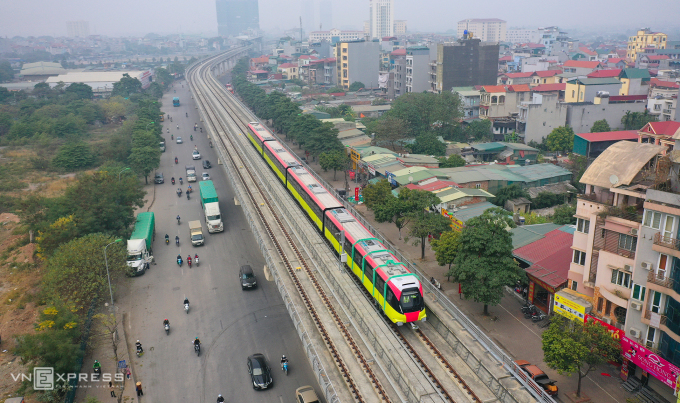
The Nhon - Hanoi Railway Station urban railway line is about to operate the elevated section. Photo: Ngoc Thanh
According to lawyer Net, the current regulations of the Planning Law have not considered the implementation of TOD projects around the station, which may hinder land clearance. For example, if behind Hanoi station is planned to build a TOD area with many office buildings and resettlement apartments for people living between stations 11 and 12 on the Nhon - Hanoi station line, it will inevitably lead to an increase in the height of the resettlement apartment complex. Meanwhile, urban planning requires green areas and limits the height in the old quarter and inner city.
Similarly, the current Land Law stipulates 9 steps for land acquisition. When the planning project is delayed, the compensation and site clearance process is also slow, leading to slow disbursement and slow project implementation. Therefore, to speed up the site clearance process, it is necessary to carry out the steps in parallel.
Lawyer Le Net also recommended that the revised Capital Law should have a streamlined and flexible mechanism in the planning process. Issues regarding building height and usage coefficient depend on the general planning and design. When necessary, the ratio between commercial density and apartment density can be changed so that it is still in harmony with the architecture and land use capacity.
Prof. Dr. Dang Hung Vo pointed out the difficulties in building urban railway projects are lack of capital and difficulty in site clearance. For land to develop public transport routes, the state's land recovery mechanism is completely reasonable because these are infrastructure projects for the public interest, not for profit.
However, when reclaiming land for urban development, the state land reclaim mechanism cannot be applied because it increases implementation costs and is contrary to Resolution 18. According to Resolution 18, there are only two ways to implement urban beautification projects. One is to reach an agreement between the project investor and the land users. The other is to implement the mechanism of "contributing land use rights and readjusting land".
Proposing a solution to reclaim land at railway stations, Mr. Dang Hung Vo said that many countries have enacted laws on land contribution/re-adjustment, such as Thailand, Korea, Japan... to rebuild new urban areas around railway stations. This mechanism includes the need to obtain community consensus, including the consensus rate (2/3 or 70% or 80%...) on the land readjustment plan.
The land readjustment plan will find solutions for plots of land that are too narrow, plots of land that have not been recognized for land use rights, plots of land belonging to the public, and take measures against groups of people who do not agree, such as land repossession or forced project implementation.
Dr. Nguyen Ngoc Hieu, Vietnam-Germany University, proposed 4 levels of space around the railway station, in which layer 1 has a radius of 100 m, layer 4 has a radius of 400-500 m. The space inside will focus on building offices, commercial services; from layer 3 outwards will develop housing. The State will reclaim land in layer 1 and auction or assign it to strategic investors to implement the project; from layers 2 to 4, the solution of exchange, community agreement, and sale of land use rights between investors and people will be applied.
To implement this, Dr. Nguyen Ngoc Hieu said that Hanoi and Ho Chi Minh City need to be decentralized to apply the mechanism of land contribution and recovery, location swapping, and construction rights transfer in areas benefiting from railway infrastructure and regional infrastructure renovation. The city also needs to proactively adjust zoning plans, spending, and design standards according to international standards; organize an authorized apparatus to prioritize pre-purchase to create reserve land funds, and select investors to effectively exploit construction rights.
According to the Politburo’s conclusion on the orientation for the development of Vietnam’s railway transport until 2030, with a vision to 2045, Hanoi and Ho Chi Minh City must achieve the goal of completing the urban railway network within 12 years. Accordingly, by 2035, each city will complete 200 km of urban railway.
Ho Chi Minh City is planning 8 metro lines and 3 tram lines (or monorail) with a total length of about 220 km, with an estimated investment capital of 25 billion USD. Currently, lines 1 (Ben Thanh - Suoi Tien) and 2 (Ben Thanh - Tham Luong) with a total length of more than 30 km have been deployed from ODA capital under the allocation mechanism from the central budget. The remaining lines have not been invested yet.
Hanoi will have 10 urban railway lines, including 9 main lines and one line connecting satellite cities, with a total length of more than 400 km. However, to date, the city has only completed 13 km of Line 2A Cat Linh - Ha Dong and is currently constructing 12.5 km of Line 3, Nhon - Hanoi Railway Station section.
Source link






















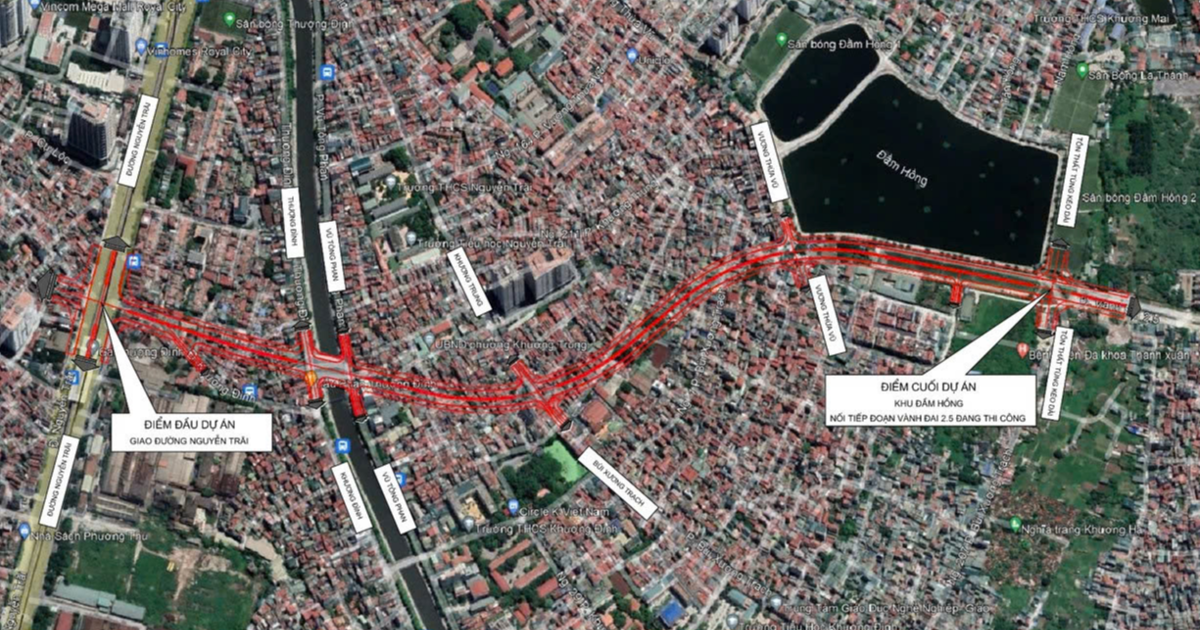

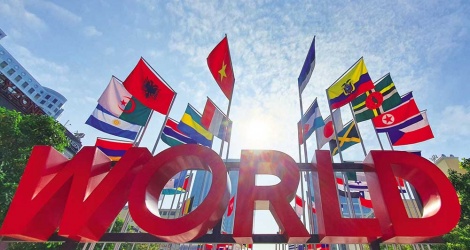

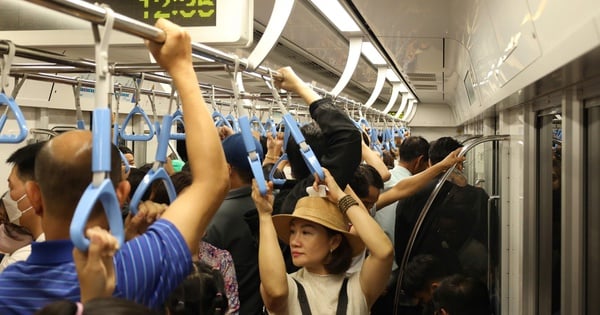

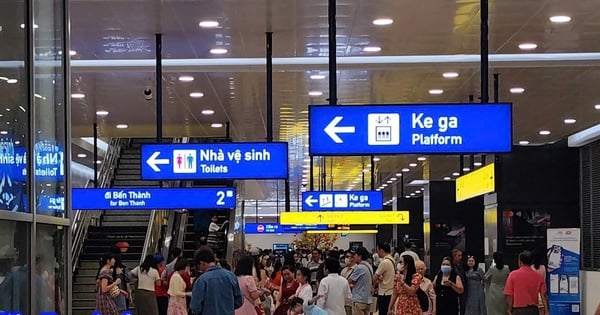
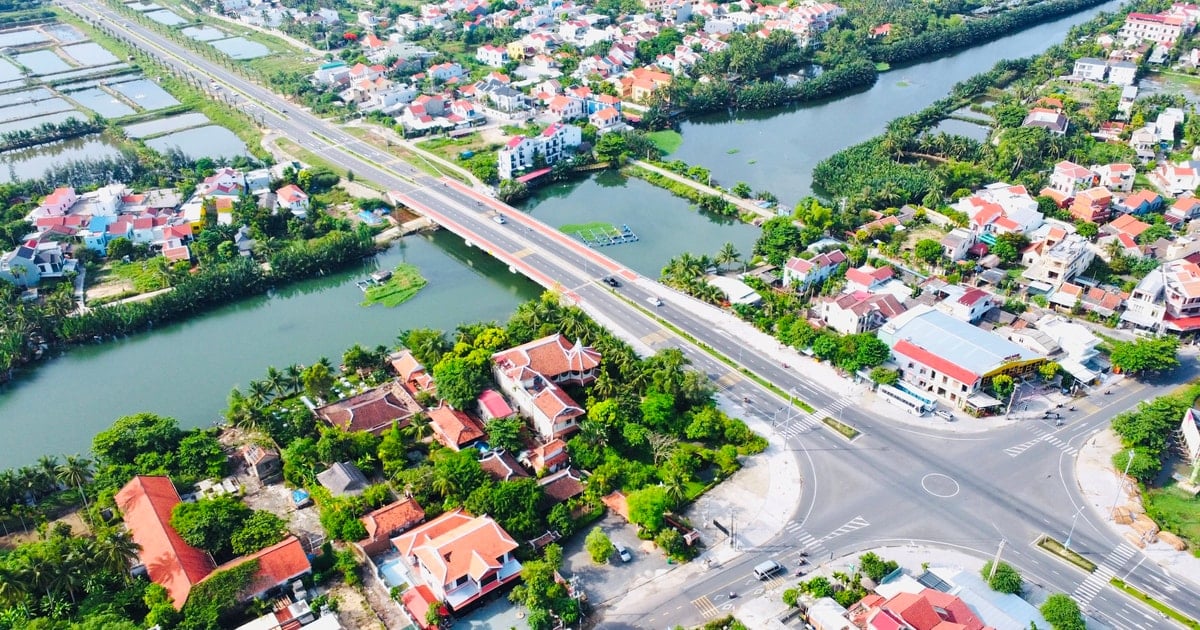





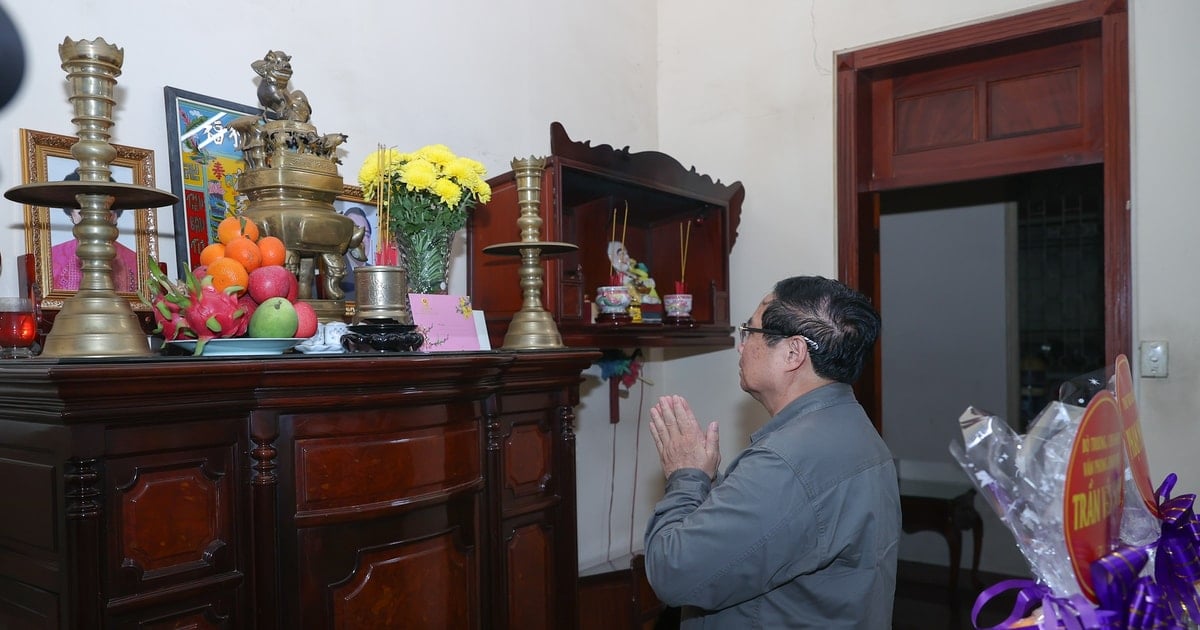


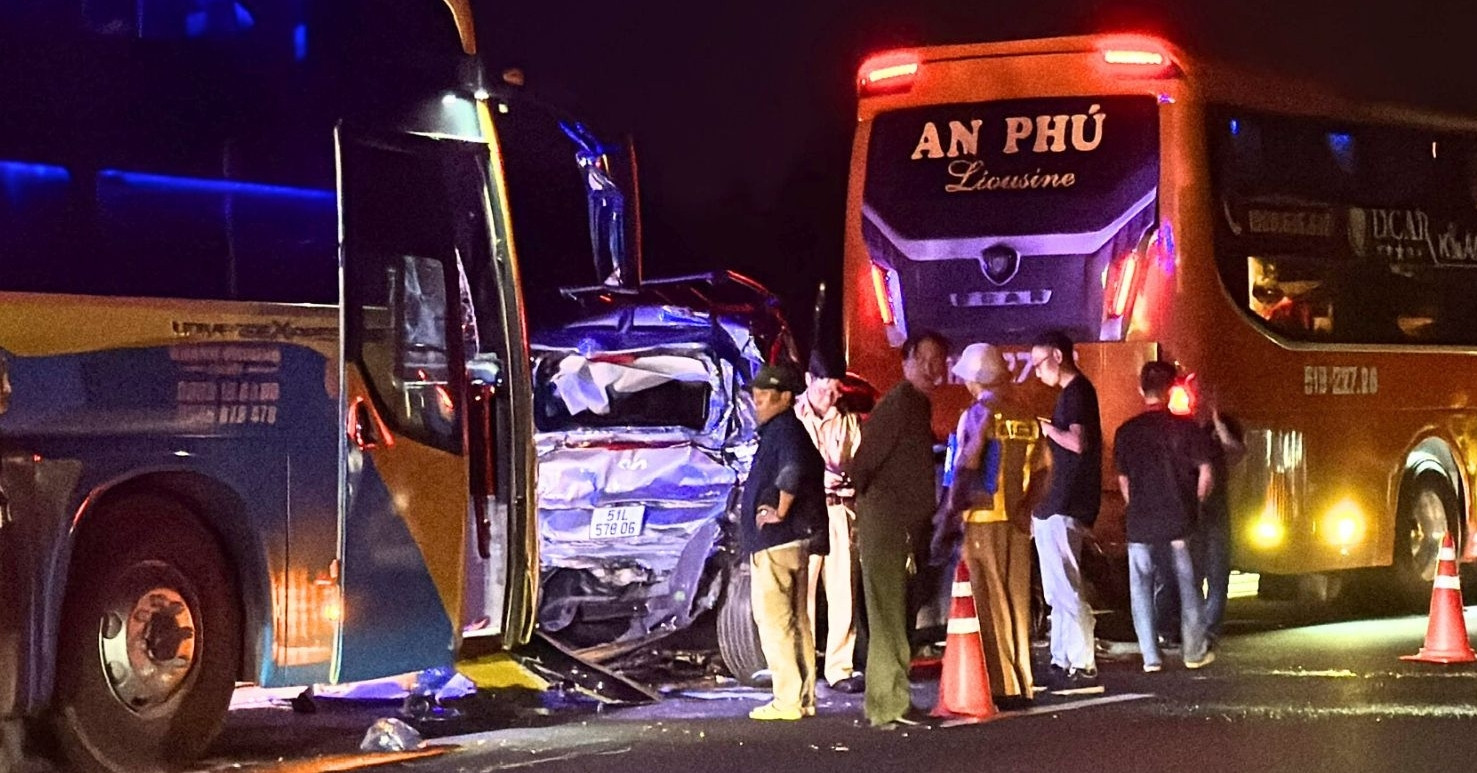









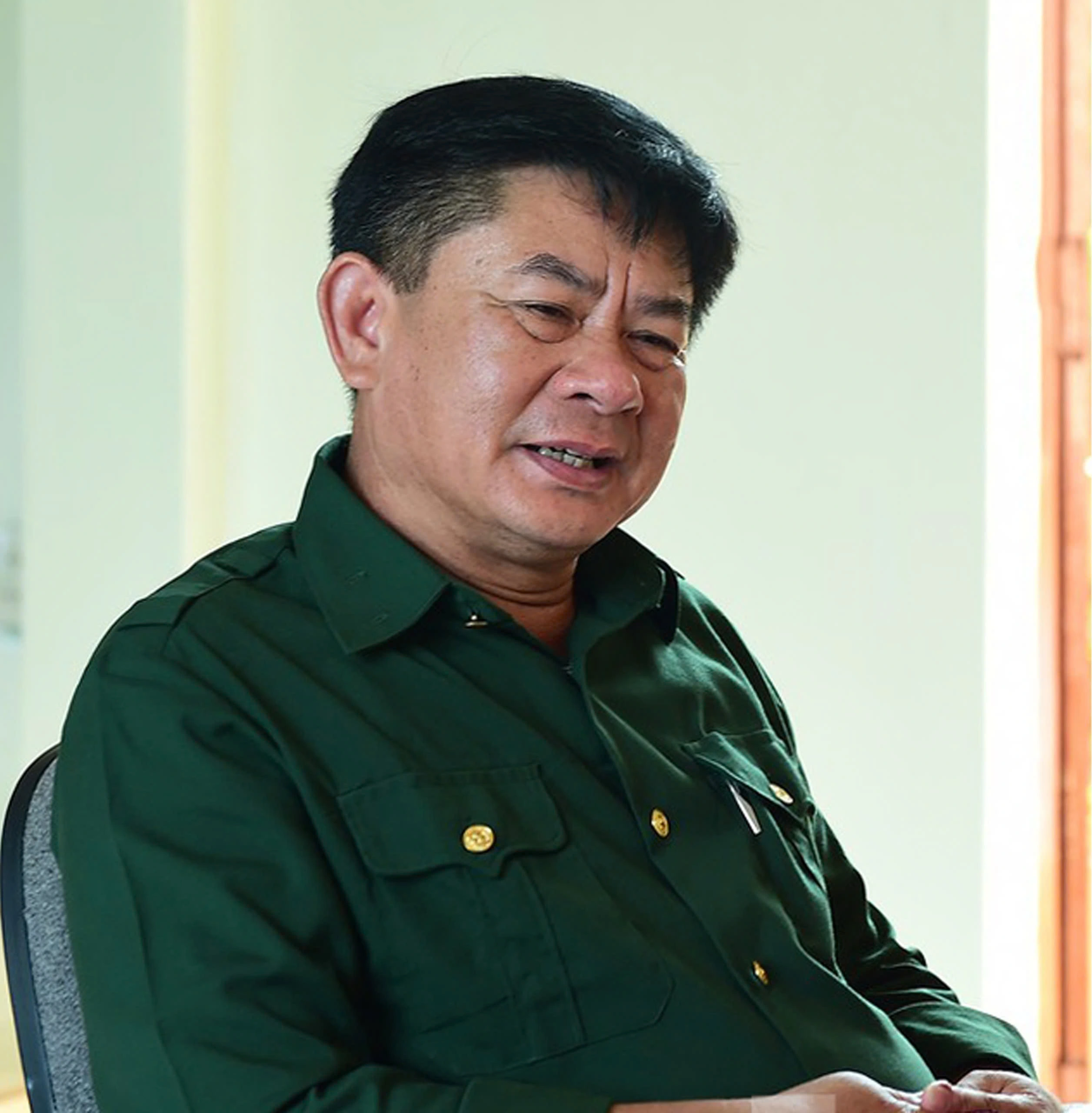










Comment (0)